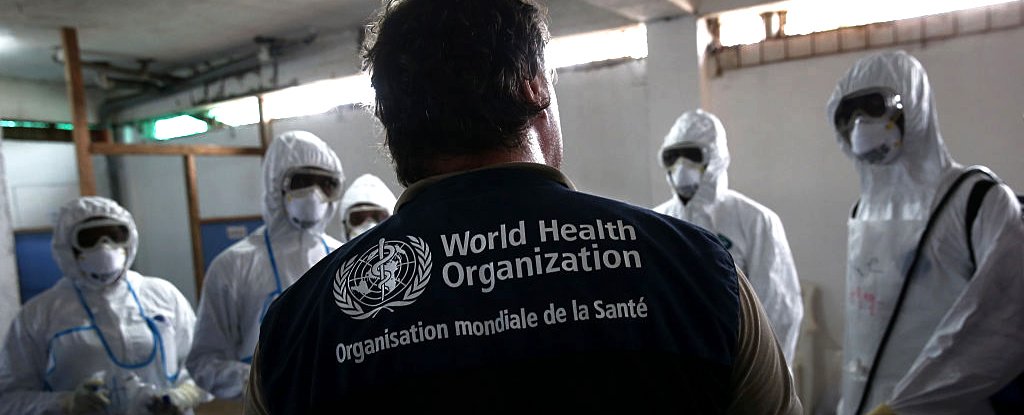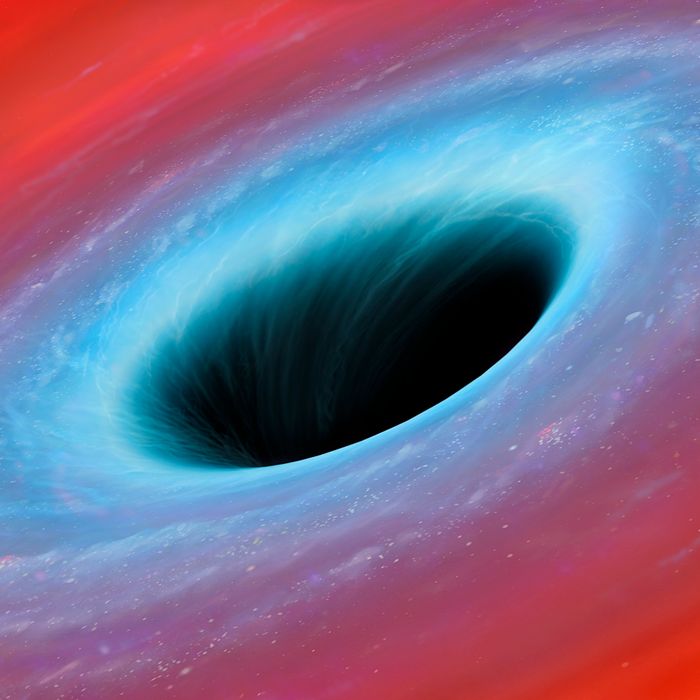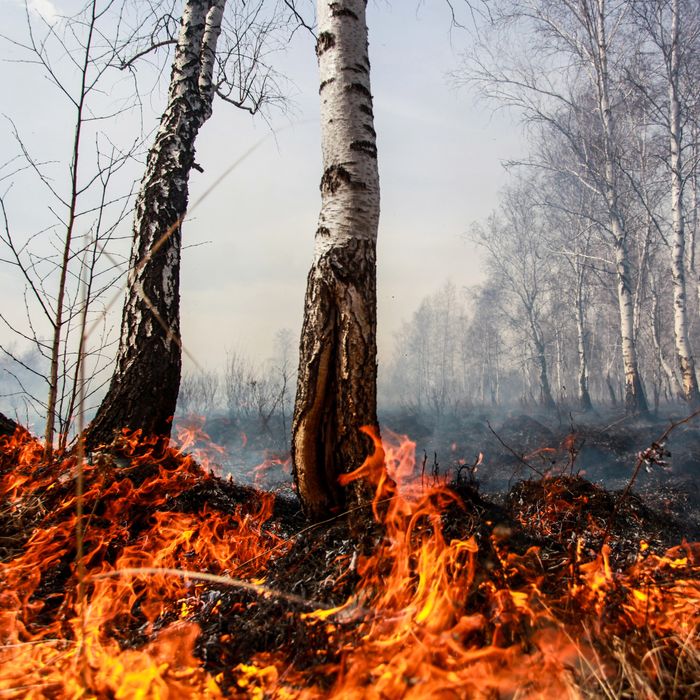Bolsonaro: ‘I drank hydroxychloroquine and I’m feeling great’
Published July 7, 2020 By Sarah Toce, The New Civil Rights Movement

Brazil’s President Jair Bolsonaro has reportedly contracted COVID-19 and says he’s taking hydroxychloroquine as a means to recovery. The 65-year-old confirmed the diagnosis to journalists on Tuesday as he arrived to his presidential palace.
After asking reporters to step aside, Bolsonaro removed his face mask. “See, I am fine. See you next week, God willing.”
WATCH: #Bolsonaro, after testing positive for #coronavirus, steps back and takes off mask while speaking to reporters: "Just look at my face, I'm fine"
ic.twitter.com/NfRValSt61
— AS-Source News (@ASB_Breaking) July 7, 2020
Bolsonaro said he was suffering muscle aches, fatigue and a fever but otherwise felt “normal.” This is a man who, prior to his diagnosis, repeatedly referred to COVID-19 as “just a little flu” and said the media coverage of the pandemic was “hysteria.” He also said, “Life continues. But if the economy doesn’t work it will bring new forms of death and suicide.”
The Los Angeles Times reported that more than 65,000 Brazilians have died from COVID-19 — the second-highest death toll in the world after the United States. An additional 1.6 million people have tested positive for the virus in Brazil. Low levels of testing mean deaths and infections are likely much higher.
With his positive COVID-19 result, Bolsonaro now joins U.K. Prime Minister Boris Johnson and Honduran President Juan Orlando Hernandez. The latter two world leaders were hospitalized during treatment.

– Coletiva no Palácio do Alvorada – 07 JULHO de 2020. https://t.co/FCKPt1yh5l
— Jair M. Bolsonaro (@jairbolsonaro) July 7, 2020
Brazil's President Jair Bolsonaro, who repeatedly played down the risks of Covid-19, has tested positive
He took the test, his fourth, on Monday after developing symptoms, including a high temperaturehttps://t.co/mq63Ta66v4 pic.twitter.com/LxL9VHct8d
— BBC News (World) (@BBCWorld) July 7, 2020
#Bolsonaro: Covid-19 is just a little flu
Covid-19: pic.twitter.com/RNQct9GSZ7
— kj3ll0l (@Kj3ll0l) July 7, 2020

Can #Trump please visit #Bolsonaro – without a mask…
— #BlackLivesMatter Schaltjahr (@chiquitaflanke) July 7, 2020
#Bolsonaro (finally) acknowledged grave risk posed by a virus he'd dismissed as just a "little flu." "We know the fatality of the virus for those of a certain age, like me, above 65, and for those with comorbidities, diseases, other issues." ARE YOU THINKING WHAT I'M THINKING?
— bettemidler (@BetteMidler) July 7, 2020
#Bolsonaro tests positive for a virus he doesn't believe in. I really, really, really shouldn't but…. pic.twitter.com/ADuKkf6Csq
— TRJFF (@TRJFF) July 7, 2020
Karma strikes again. I would never wish this virus on my worst enemy but karma doesn't care. #Bolsonaro pic.twitter.com/ZqgQo6Gc2r
— Dwayne Walton (@23dwayne) July 7, 2020




















